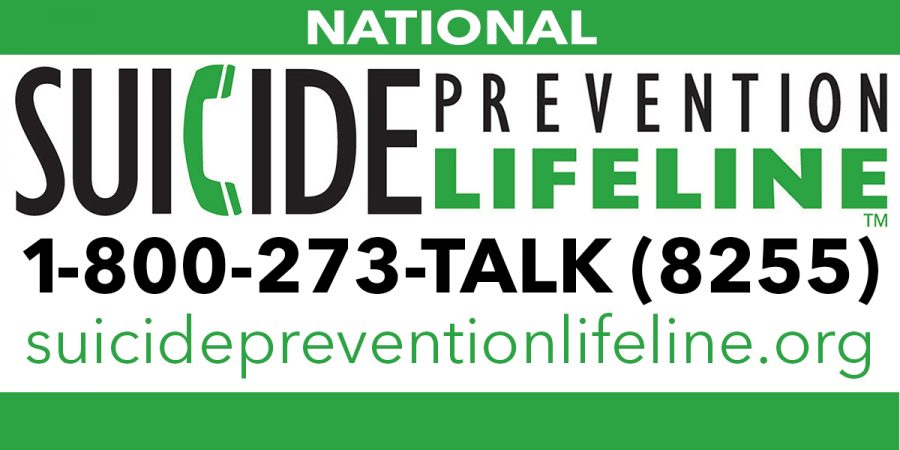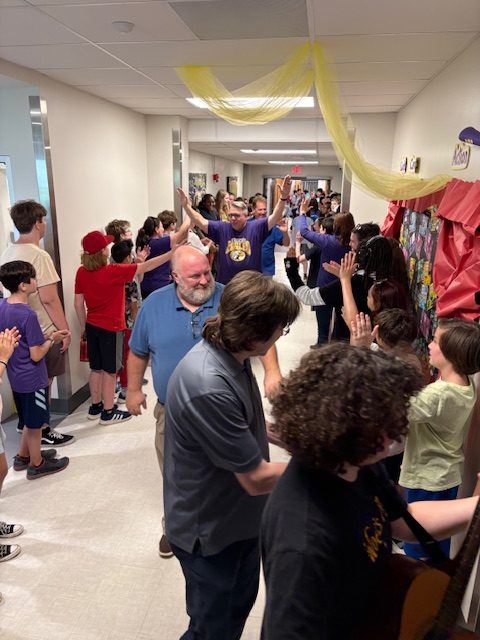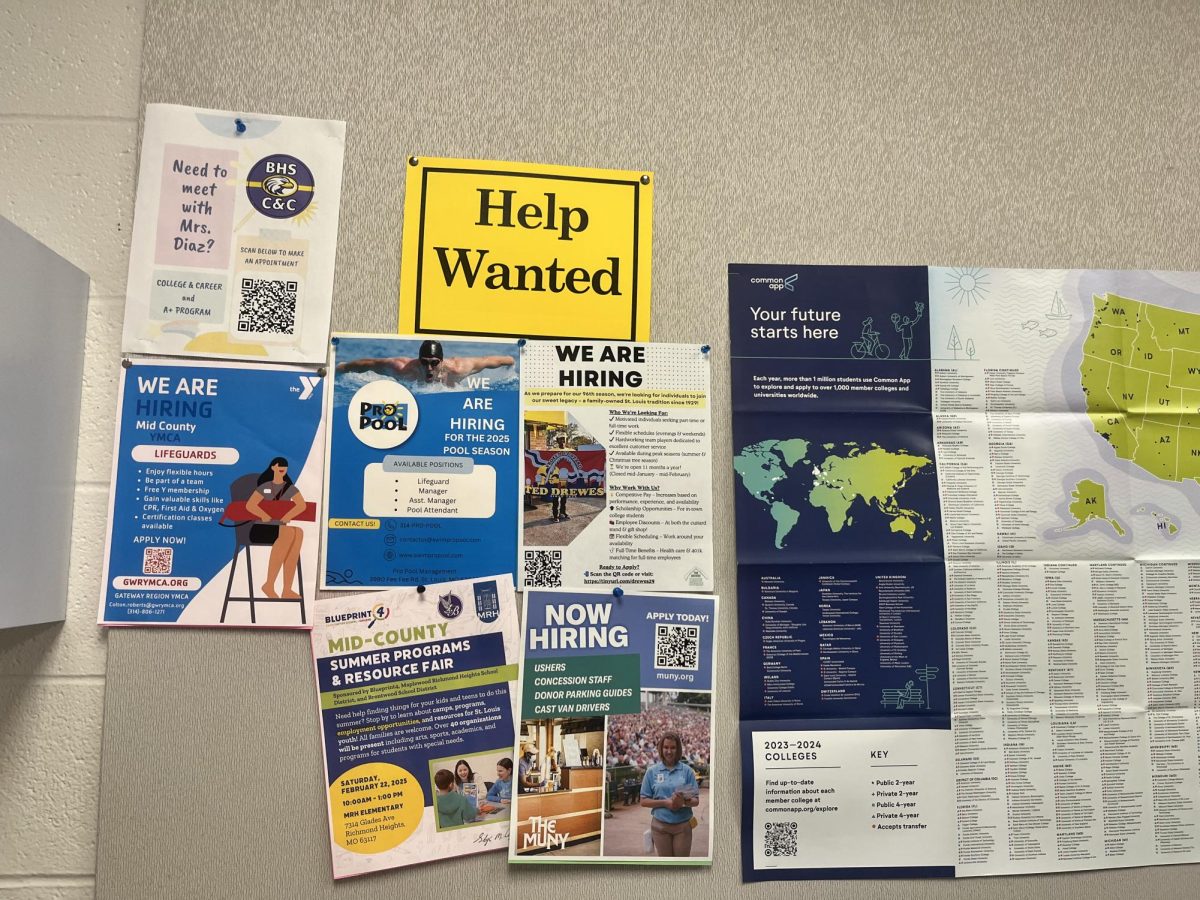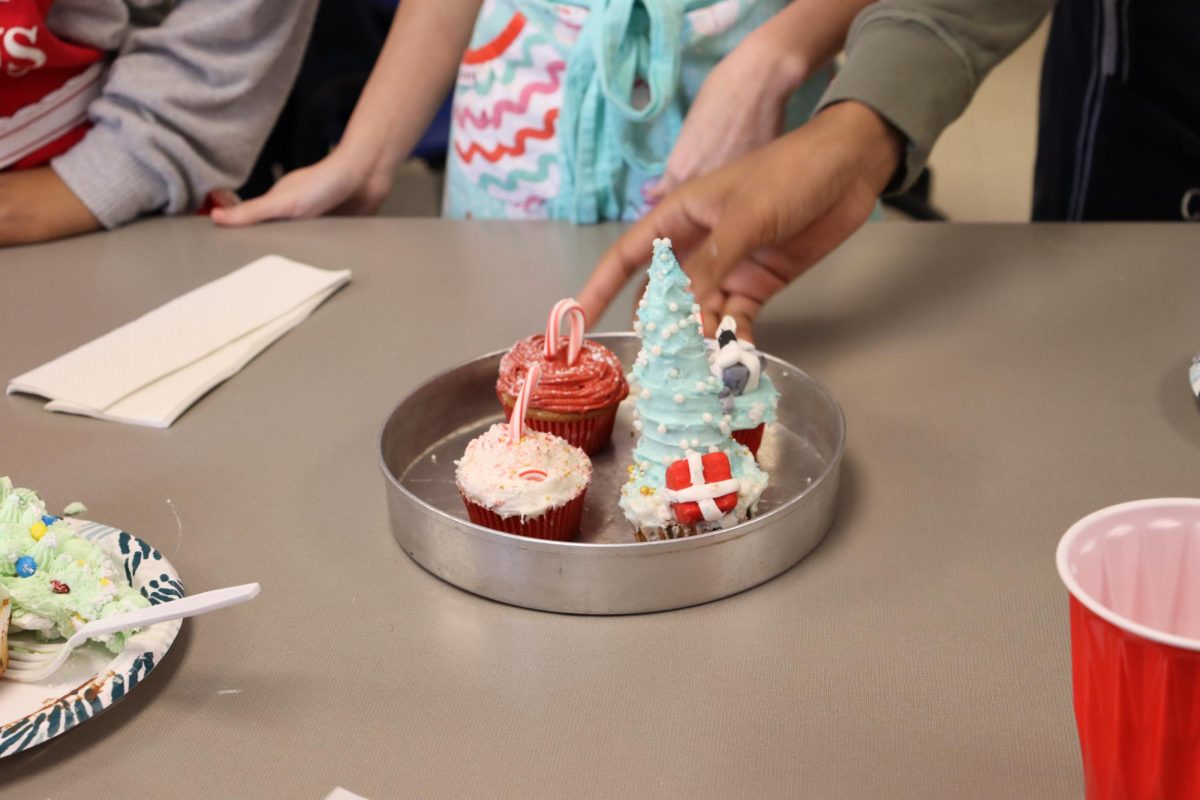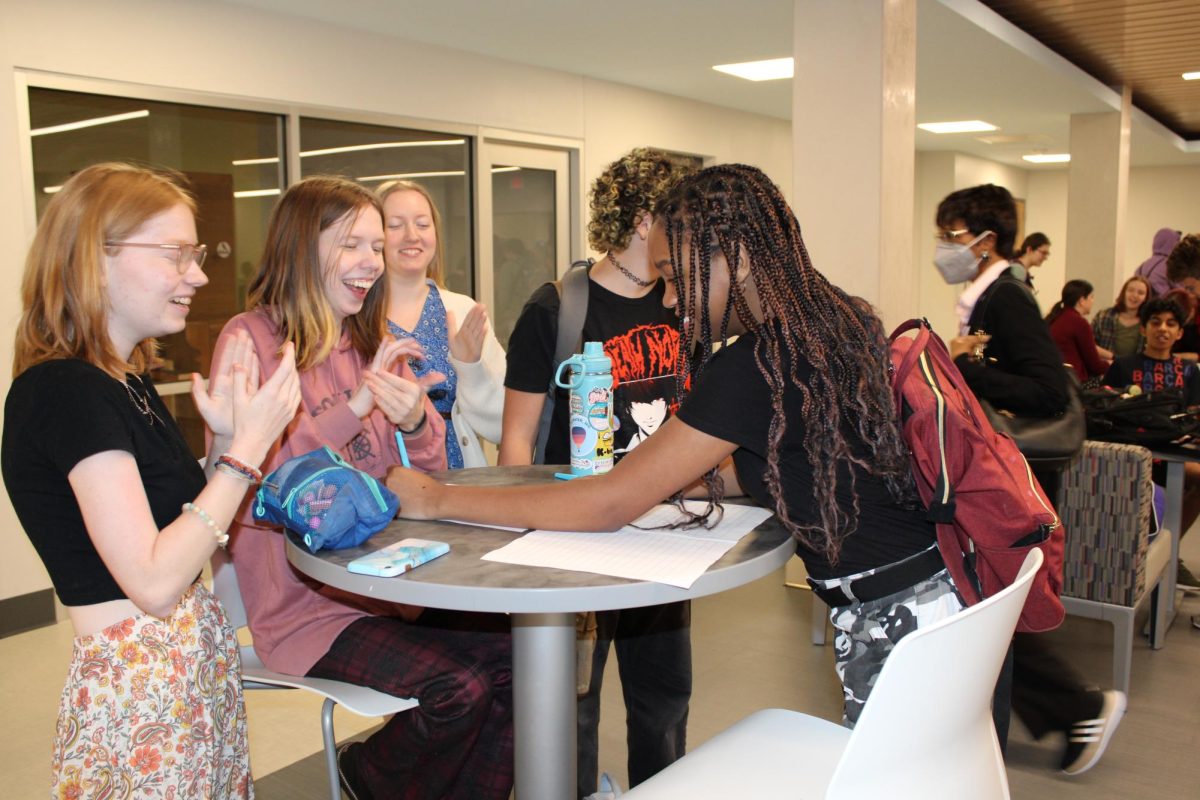Teens may often feel deeply sad, although they try to hide it. Maybe they seclude themselves in school and are often alone. Or maybe they put on a mask and act completely fine. Regardless, the signs and struggles of teen suicide have been rising.
According to the CDC, in 2017 the suicide rate of young Americans reached a high of 5,016 males and 1,225 females between the ages of 15 and 24 in the U.S.
Being suicidal is defined as feeling deeply unhappy or depressed and likely to commit suicide. Many people may know what it means to be suicidal, but they might not know the risk factors and warning signs.
According to the National Suicide Prevention Lifeline, suicide is the second leading cause of death for young people between the ages of 10 and 24.
Risk factors of suicide can be mental disorders such as schizophrenia, alcohol disorders, hopelessness, aggressive tendencies, history of trauma or abuse, lack of social support, and sense of isolation.
Warning signs to look for include the person talking about wanting to die, feeling trapped, or feeling hopeless. They may act anxious, isolate themselves, show rage, and have extreme mood swings.
If someone experiences any of these things or see them in someone else, it is important to take action and talk to someone, like a hotline. The National Suicide Prevention Lifeline is 1-800-273-8255.
There are steps people can follow to prevent suicide. First, they can express their concern to those struggling with these thoughts. By openly expressing concerns, the person is able to show that they care and understand.
Next, really listen. If someone is comfortable with talking about how they’re feeling, say things like, “Tell me more about how you’re feeling.”
A third step is to maintain a connection. Isolation can increase the risk of suicidal behaviors, so spending extra time with the person and being there for them can help by letting them know they have people on their side.
A fourth step is to be compassionate. Express love and care by telling the person that their pain is heard, that it can get better, and that help is there for them.
Next, people can trust their judgement. If the person denies that they’re having suicidal thoughts, but their honesty is questionable, it’s important for people to trust their intuition by taking further steps to ensure their safety.
A final and very important step is to prioritize safety. Make sure to prioritize getting the person help.
Aside from the generic hotlines, there is a specialized suicide hotline called the Trevor Project. Their hotline is 1-866-488-7386.
According to JAMA Pediatrics, LGBT youth are 3.5 times as likely to attempt suicide as their heterosexual peers and transgender teens are 5.87 times as likely. The Trevor Project is “the leading national organization providing crisis intervention and suicide prevention services to lesbian, gay, bisexual, transgender, and queer & questioning (LGBTQ) to young people under 25.” They are producing research that brings new knowledge to the field of suicidology, the study of suicidal behavior.
First off, they partner with academic institutions to carry out investigations like program evaluations and interventions.
Secondly, they evaluate existing data collected from Trevor-served youth to produce insights into vulnerable populations, suicidal risk factors, and social factors influencing suicidal ideation and attempts.
Although teen suicides may be seen as impersonal to some people, they are not. Along with many other school districts, Brentwood has had to deal with the terrible issue of suicide. In September of 2017, Brentwood lost 15 year old Samuel Heisel. It is a devastating thing to have to deal with, so decreasing the issue is crucial.
Teen suicides are very impactful, serious, and should not be taken lightly. We need to reach out to one another for help and support. By knowing risk factors, warning signs, hotlines, and steps to help, people can help the effort to prevent the prevalent issue of teen suicide.


